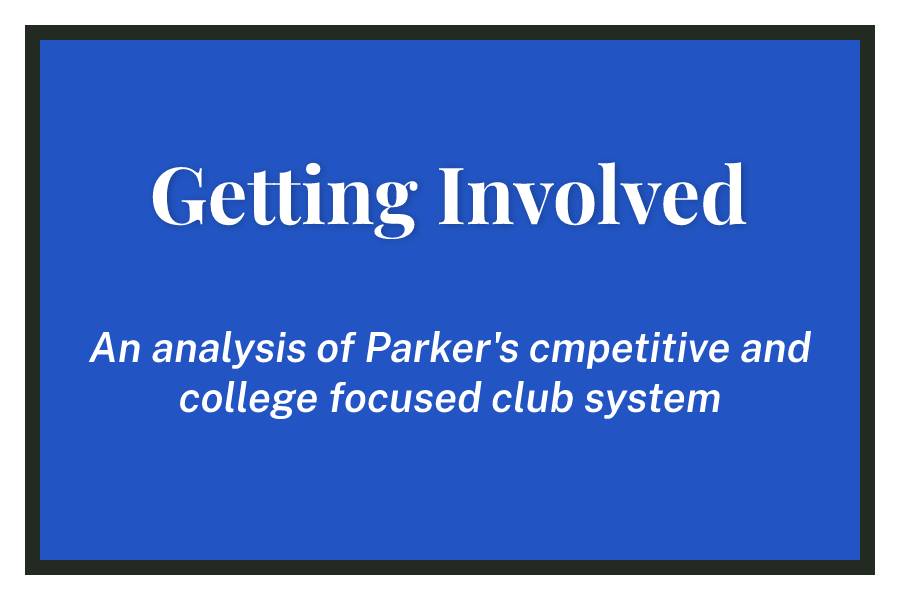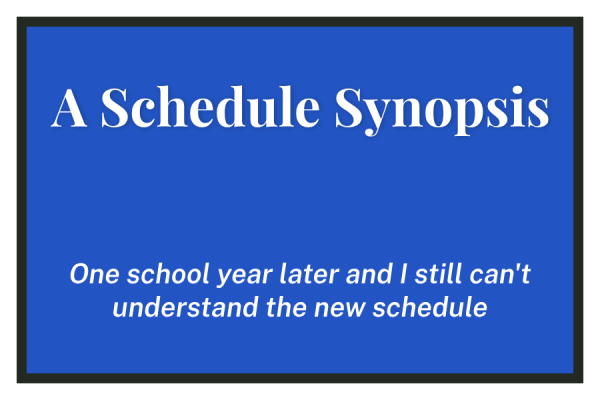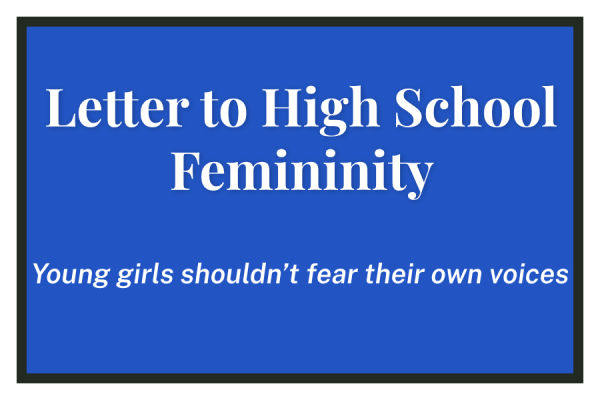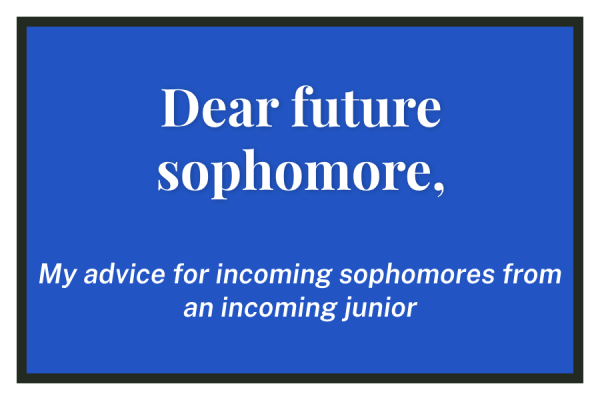Getting Involved
An analysis of Parker’s competitive and college focused club system
As someone who’s walked the halls of Parker for the past thirteen years and come to understand how it’s structured, I want to discuss an epidemic that terrorizes our school. No, it’s not the flu. It’s not COVID-19. It’s not even mono. It’s the concept of getting involved.
Let’s picture a memory from the spring of my eighth grade year: I sat, foot tapping against the side of my desk, not paying attention in whatever online class I was supposed to be focused on, working on my Senate rep application because all my friends had told me they were applying. I typed frantically; the deadline was that evening at 11:59. However, I never stopped to consider an important question: Did I care enough about what I was applying for, and was I well enough informed and prepared to take on that role?
As a wide-eyed freshman stepping into the high school, I didn’t understand that there was an expectation for me beyond having good grades and being in advanced classes. While my friends signed up to be Small Groups leaders and joined Model UN, I was confused about why some of them chose to join activities they weren’t actually interested in. It wasn’t until the election season of that year had passed me by that I understood what everyone seemed to know except me: it’s important to get involved.
Having a thorough college application is now synonymous with being involved in traditional Parker involvement pillars, namely Model UN, Student Government, or one of the publications. This causes students to become heads of committees they’re completely uninterested in, create niche clubs they plan to put no effort into, or other less than legitimate means of creating an impressive summary of their high school career.
This behavior, while entirely understandable, can have detrimental effects on the school, other students, and even to the person themself. For instance, take a person who runs for the head of a club who isn’t remotely interested in the objective of the club itself, but manages to win that position over another more qualified applicant; unfortunately, this puts a candidate in charge who naturally cares less about the group of people and purpose they’re supposed to be organizing for, which is unfair to the club members and greater ambition of the club. It’s not even beneficial for the person who was elected as the new head. Studies have shown that college admissions are far more likely to admit students who have committed themselves to a few pursuits over an extended period of time that they’ve shown continual interest in than students who are involved in many extracurricular activities but have shown no progression in them over time.
Generally, this phenomenon often removes the legitimacy of important groups. In recent years, I’ve noticed an uptick in clubs that have an almost identical function to a preexisting other. Let’s walk through one of the most extreme cases I’ve taken note of: I don’t believe Parker needs a Reproductive Health Club, Women’s Health Initiative, and Women’s Affinity Group. It’s counterintuitive; it’s three separate groups with relatively the same purpose, which will take away resources, members, and most importantly legitimacy from the objective.
Unfortunately, there’s no solution. I understand the stress that comes with feeling that what I’ve done in my three years isn’t enough to get me into the colleges I want to go to, and it makes sense that the only way to combat those emotions is to start getting involved, which can be very difficult to do without sacrificing the integrity of the group I’m joining. I can’t wave a magic wand and filter out the uninterested members of each extracurricular at Parker, but as a school, we should all try harder to evaluate why we’re taking part in the ones we’re in. The range of activities at Parker is one of its greatest attributes, and it’s not fair to reduce them into filler for blank space on an application.








